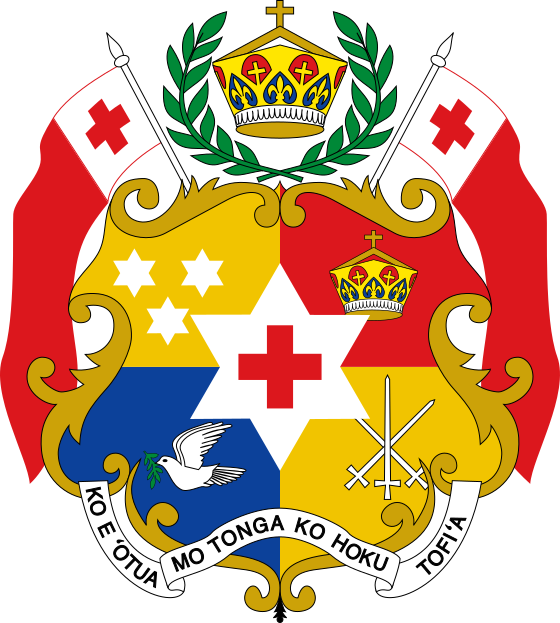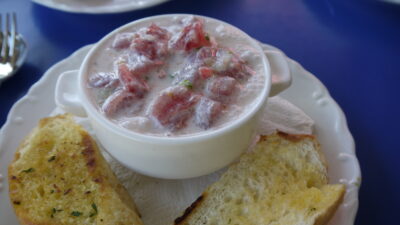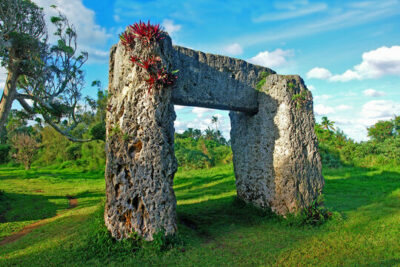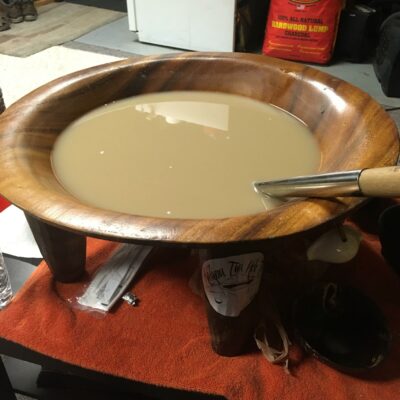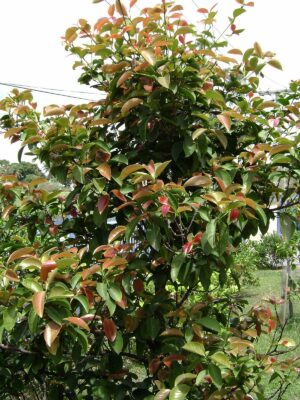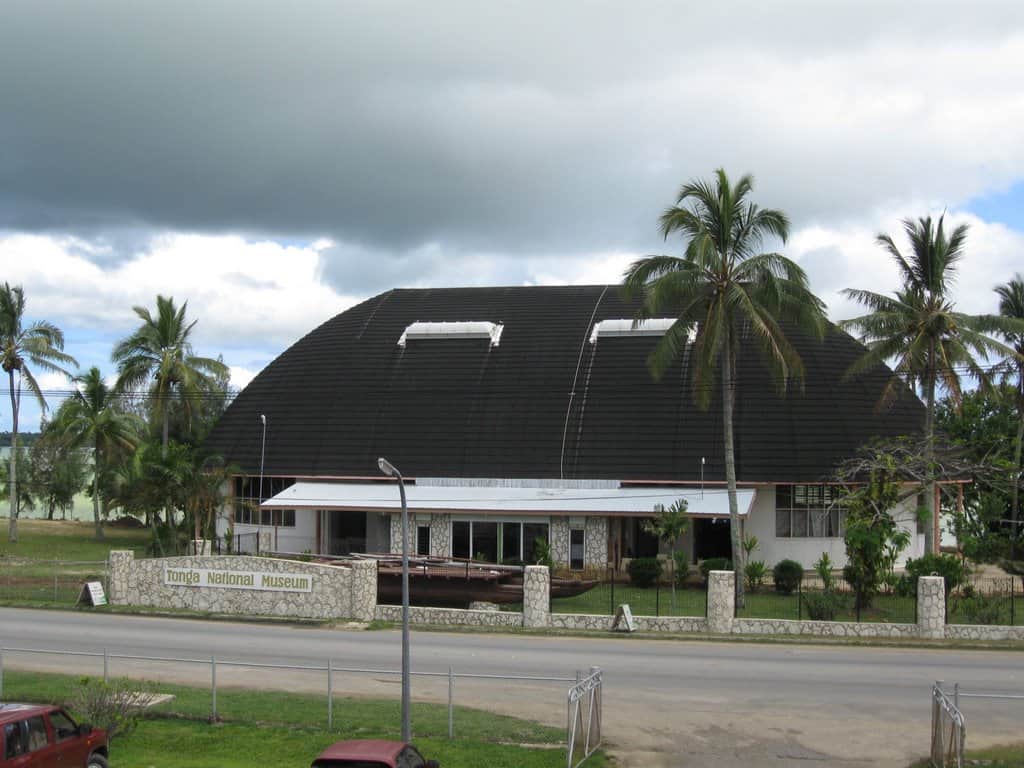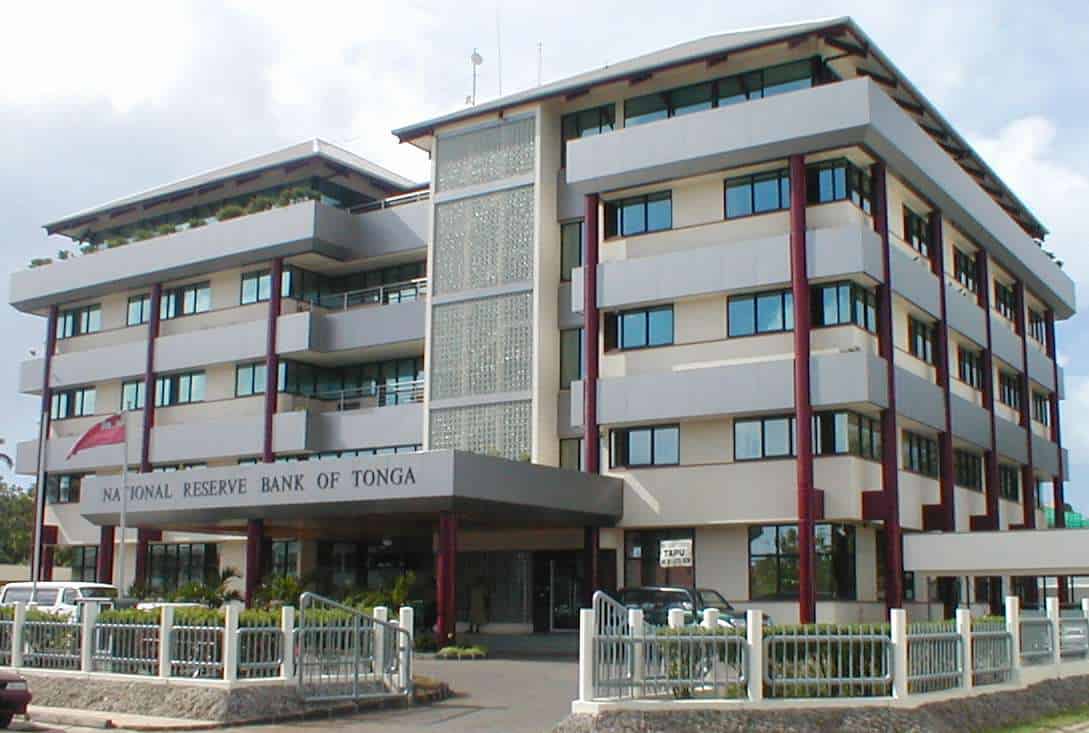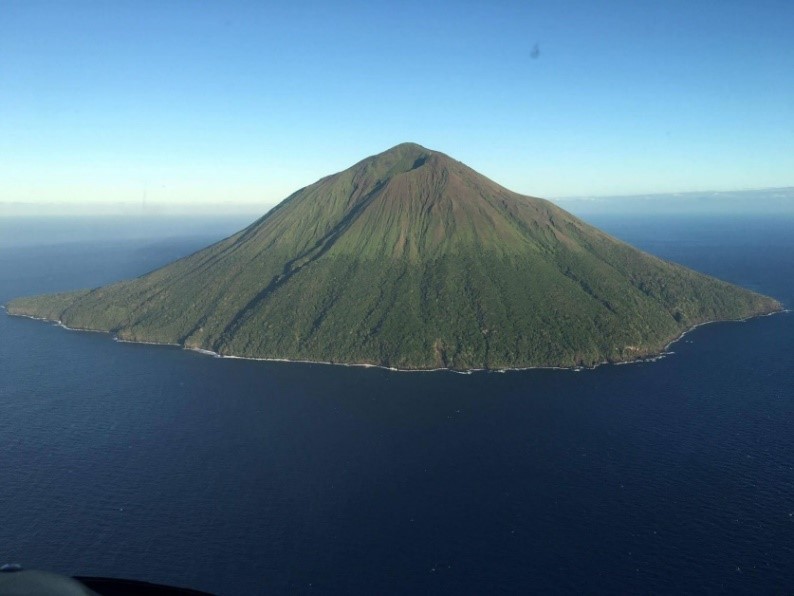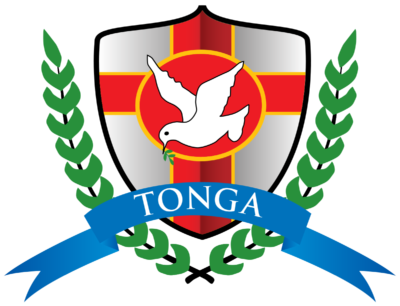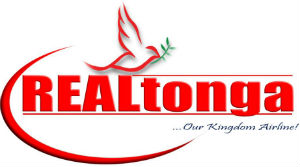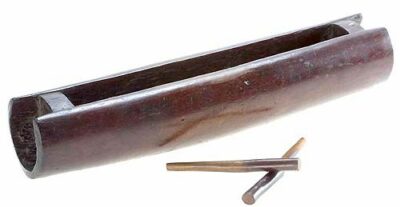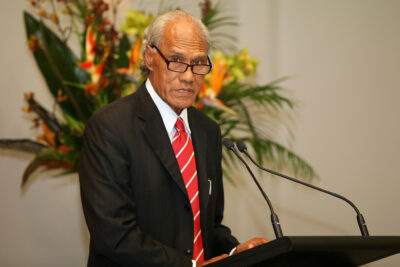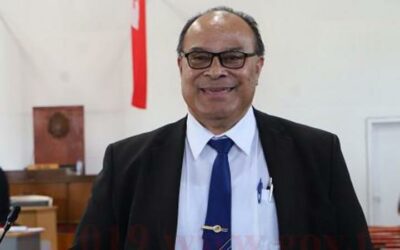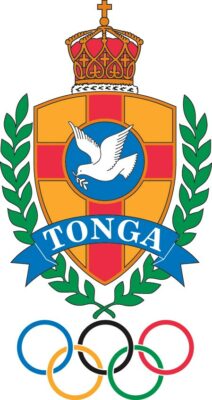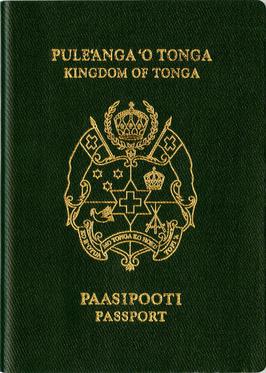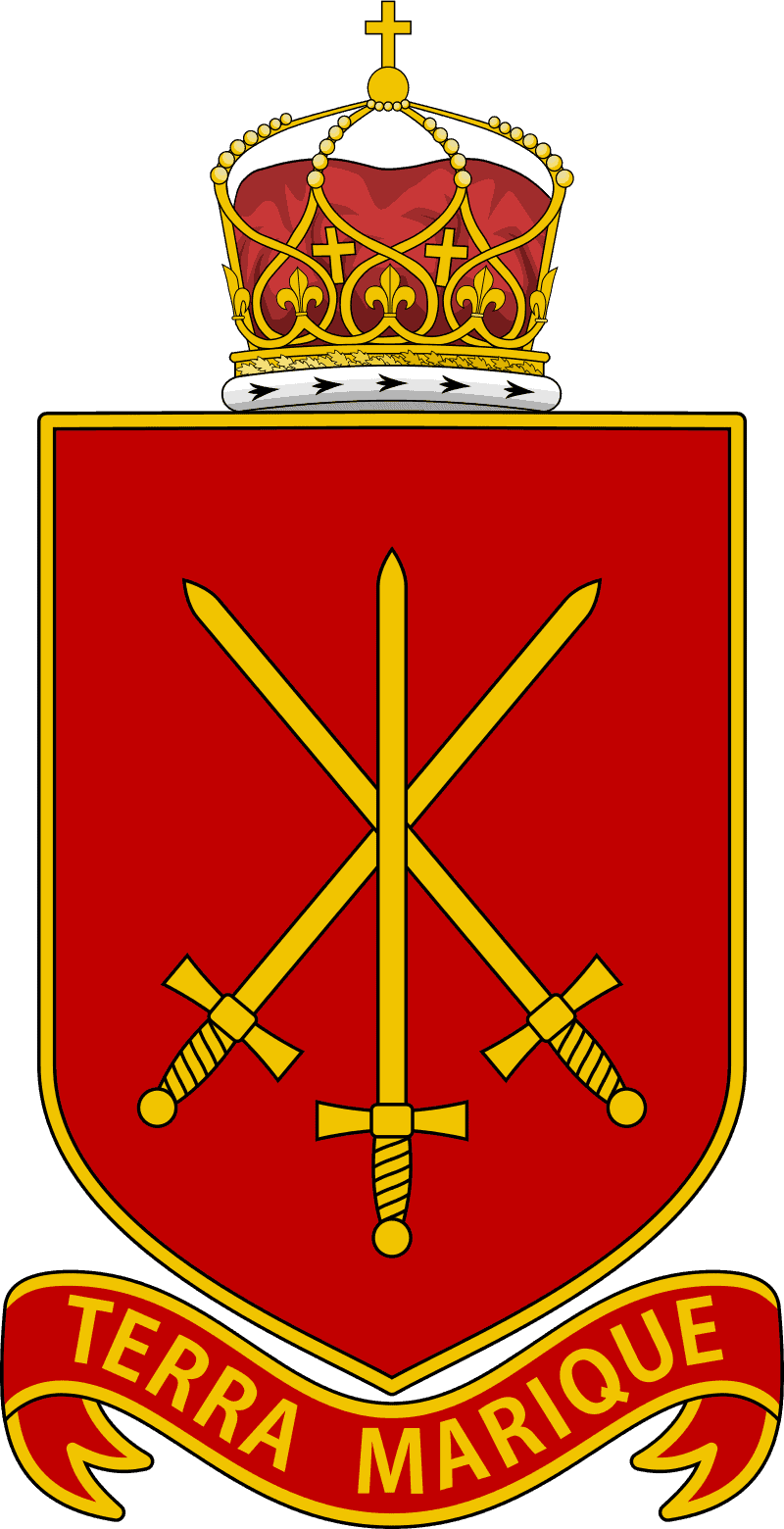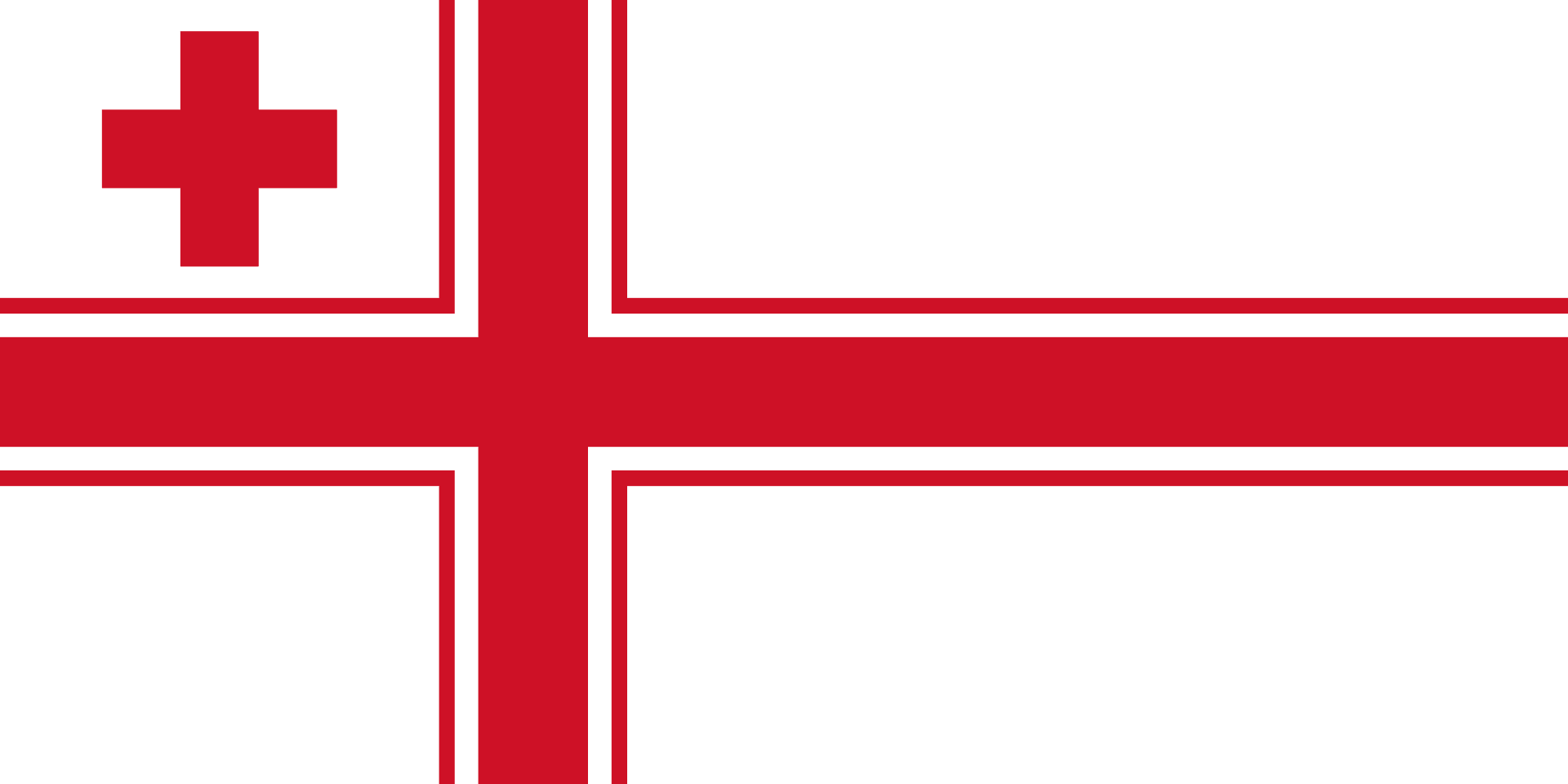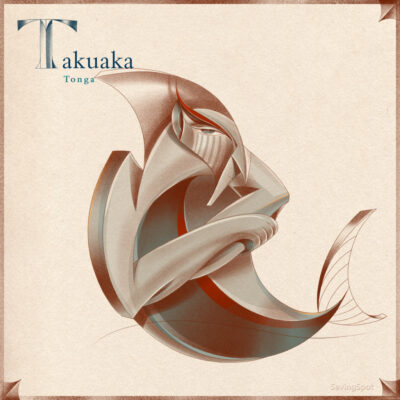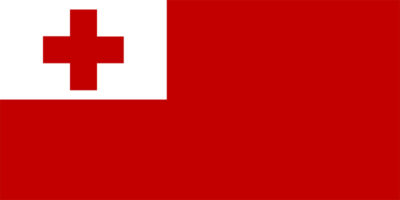National Symbols of Tonga
Last updated on March 22nd, 2023 by Editorial Staff
Table Of Contents
By | Updated on March 22, 2023
Reviewed by Rittika
Tonga is a country in Australia/Oceania. The official name of Tonga is the Kingdom of Tonga. The people of Tonga are called Tongans. The country is in Oceania, an archipelago in the South Pacific Ocean, about two-thirds of the way from Hawaii to New Zealand.
Etymology discusses where a term is considered to have originated from and how its meaning has changed over time. Etymology has been a factor in the naming of countries all across the world, and Tonga has also been influenced. The etymology of Tonga can be defined as; “South” or “Southern” in Samoan.
An ethnicity is a group or sub-group of people who are connected based on common characteristics which may include religion, origin, language, traditions, or culture. The ethnic groups in Tonga include Tongans and Euronesians.
REALtonga is the national airline of Tonga. The national color of the country is red. The emoji flag of the country is ????????, and the ISO code is TON.
Tonga is known for its humpback whales. The national dish of Tonga is 'Ota 'ika. Kava, in addition to being a traditional beverage, is one of the country’s national drinks. The national instrument of Tonga is the Idiophones lali.
The country has the time zone UTC+13 followed by dd/mm/yyyy as the standard date format.
Tonga is divided into 5 provinces and 23 districts. Nukuʻalofa is Tonga’s capital as well as the largest city.
The literacy rate in Tonga is 99.4%.
The country’s total area is 748 km² (289 sq mi), and the total population is 105,695. The country’s average elevation is 419 Km, whereas the country’s terrain can be defined as; Most islands have limestone bases formed from an uplifted coral formation; others have limestone overlying volcanic bases. The country’s usual climate is tropical; modified by trade winds; warm season (December to May), and cool season (May to December).
The Tongan paʻanga serves as the national unit of currency, and the National Reserve Bank of Tonga is recognized as the country’s central bank. The domain for Tonga is .to and the country code is +676. The red cross on a white field; arms equal length is the country’s coat of arms.
Museums are known to educate and connect visitors with the nation’s history, culture, civilization, art, and architecture. Tonga National Museum serves the same purpose and is considered one of the most significant tourist attractions. Tonga National Museum is home to a large collection of artifacts. It has been designated as the national museum of the country.
The national dress of Tonga is the Taʻovala, and 4 November is designated as National Day. In Tonga, the majority of the population practices Christianity as their religion.
Nature is a blessing from God and we must protect it because it provides us with the oxygen and food to survive. It also helps to keep our environment beautiful and clean. To emphasize the significance of nature, Tonga has selected a few forces of nature as national symbols. Tonga’s national bird is the Tongan Megapode, while the national flower is Heilala, whereas the national tree of Tonga is the Heilala, and the highest peak is Kao.
Mythical creatures can be found in the literature and mythologies of many different nations. They represent imaginative representations of various creatures, humans, or hybrids. They are known for their specific features, supernatural abilities, and distinctive appearance. The mythical creature of Tonga is Takuaka.
Sports have always played an important role in developing the social and cultural structure of Tonga and other countries. When it comes to designating a sport as the official symbol, Rugby
is considered the country’s national sport.
George Tupou I is the founder of Tonga. The country’s national anthem was written by Uelingatoni Ngū Tupoumalohi, and composed by Carl Gustav Schmitt.
The country’s national hero is ʻAkilisi Pōhiva.
Due to their unique qualities and rich cultural or historical backgrounds, national monuments around the world are of great importance. Haʻamonga ʻa Maui (“The Burden of Maui”) is recognized as the national monument of the country. It attracts visitors from all around the world.
Numerous organizations are working on a global level to improve the current state of affairs and to collaborate in order to establish and maintain constructive partnerships. Tonga is a member of the Commonwealth of Nations, Pacific Community (PC), and United Nations (UN). Tonga collaborates with them to organize, analyze, and address various events and situations.
The tourism slogan of the country is “The True South Pacific” whereas, “Ko e ʻOtua mo Tonga ko hoku tofiʻa – “God and Tonga are my Inheritance” is the official motto of the country.
Pōhiva Tuʻiʻonetoa is the current Prime minister of Tonga.
Tonga has declared Tongan as the country’s official language.
– Further information regarding the symbols and knowledge of Tonga can be found in the table of contents –
Country information
Coat of arms
Flag map of Tonga
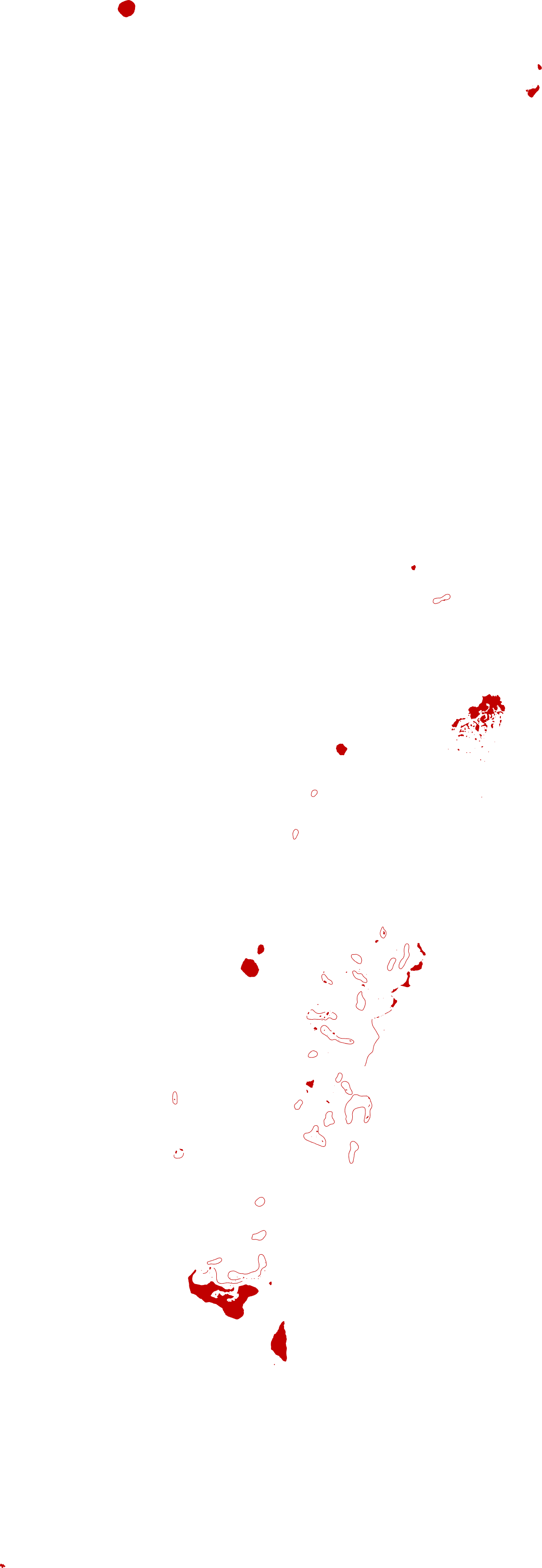
Motto of Tonga
Ko e ʻOtua mo Tonga ko hoku tofiʻa - "God and Tonga are my Inheritance"
National animal of Tonga
The National animal of Tonga is Not Declared
National flower of Tonga
The National flower of Tonga is Heilala. Botanical name is Garcinia sessilis.
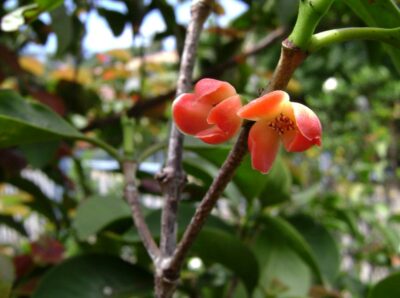
National bird of Tonga
The National bird of Tonga is Tongan Megapode
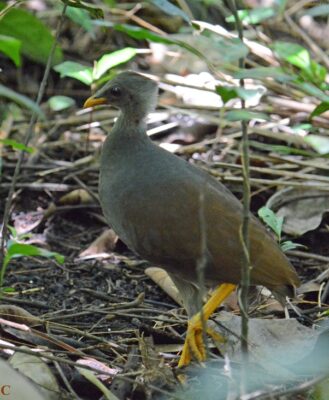
Rest of the National symbols of Tonga 👇
-
FounderGeorge Tupou I
-
National dish'Ota 'ika
-
National danceLakalaka
-
National dressTaʻovala
-
National monumentHaʻamonga ʻa Maui ("The Burden of Maui")
-
National anthemView Anthem
-
National fruitNot Declared
-
National drinkKava
-
National colorsRed
-
National sportsRugby
-
National treeHeilala
-
National poetNot Declared
-
National mausoleumNot Declared
-
National museumTonga National Museum
-
Central BankNational Reserve Bank of Tonga
-
Highest peakKao
-
National football teamTGA
-
Tourism sloganThe True South Pacific
-
Emoji flag????????
-
National airlineREALtonga
-
National instrumentIdiophones lali
-
National heroʻAkilisi Pōhiva
-
Prime MinisterPōhiva Tuʻiʻonetoa
-
Olympics CommitteeTonga Sports Association and National Olympic CommitteE
-
PassportPassport of Tonga
-
ArmyHMAF Land Component
-
NavyTongan Navy
-
Mythical CreatureTakuaka
